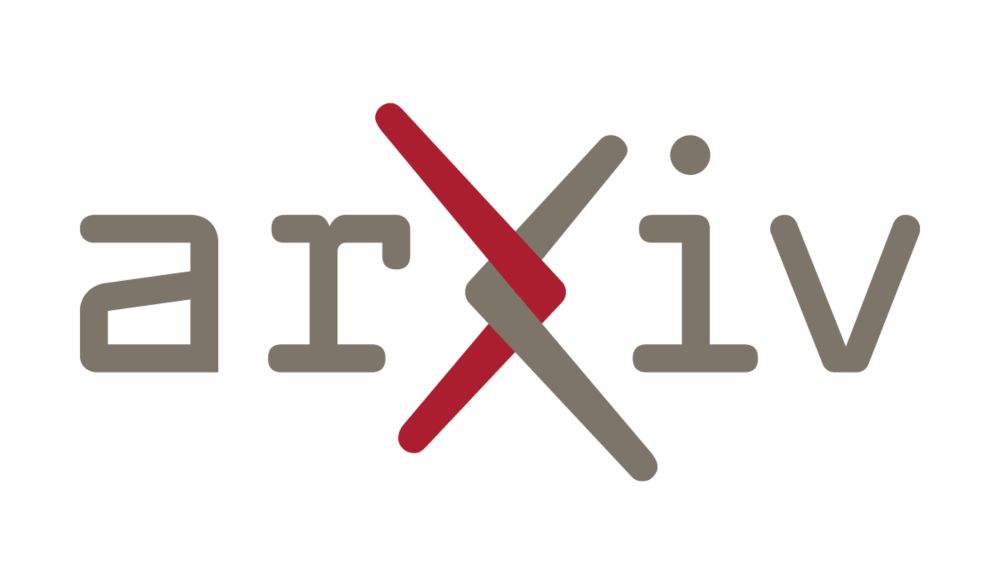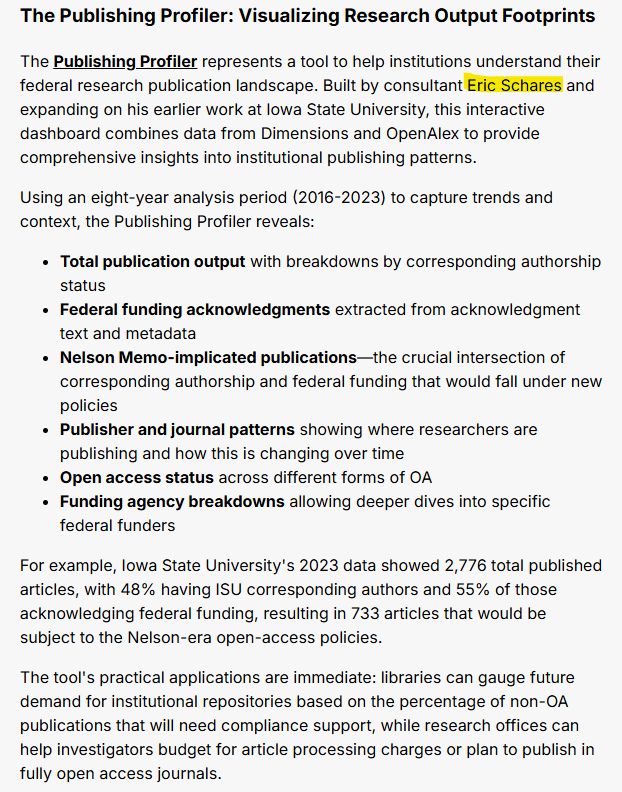Eric Schares
@eschares.bsky.social
1.8K followers
1.1K following
300 posts
Collection Analysis Librarian, Iowa State University & Research Associate, #ScholCommLab. Views my own.
Data science, bibliometrics, python, Open Access, academic publishing, (applied) stats, causal inference, Learned League.
More at eschares.github.io
Posts
Media
Videos
Starter Packs
Pinned
Eric Schares
@eschares.bsky.social
· Nov 18

Estimating global article processing charges paid to six publishers for open access between 2019 and 2023
This study presents estimates of the global expenditure on article processing charges (APCs) paid to six publishers for open access between 2019 and 2023. APCs are fees charged for publishing in some ...
arxiv.org
Reposted by Eric Schares
Reposted by Eric Schares
Eric Schares
@eschares.bsky.social
· Sep 6
Reposted by Eric Schares
Reposted by Eric Schares













